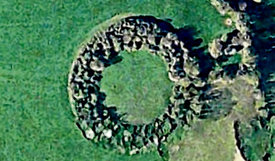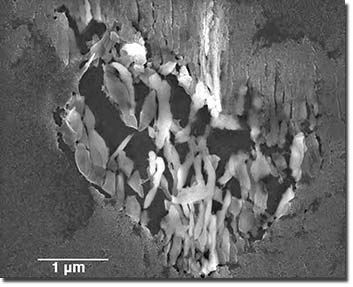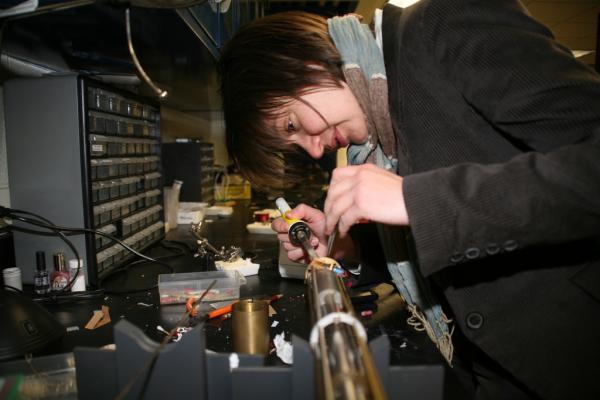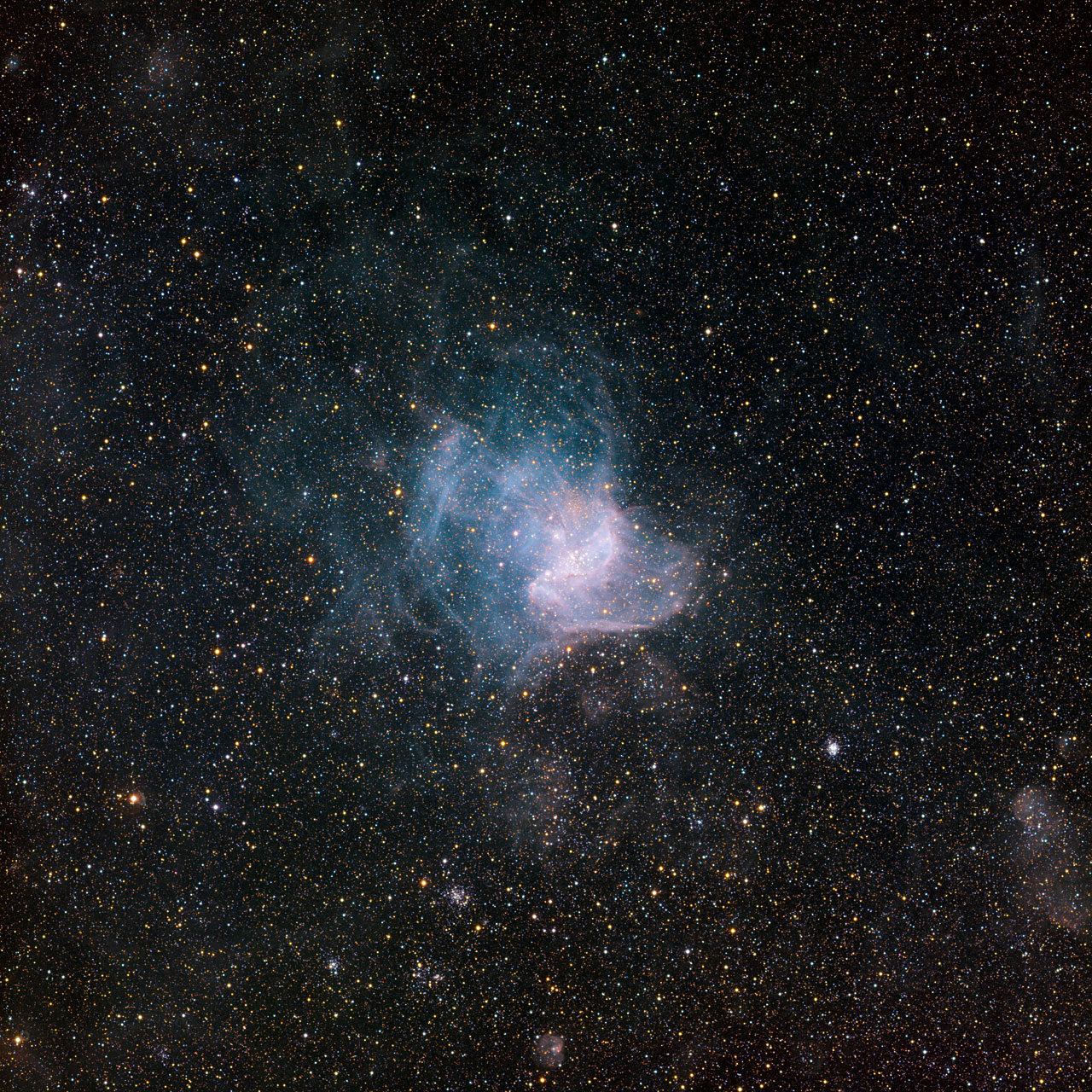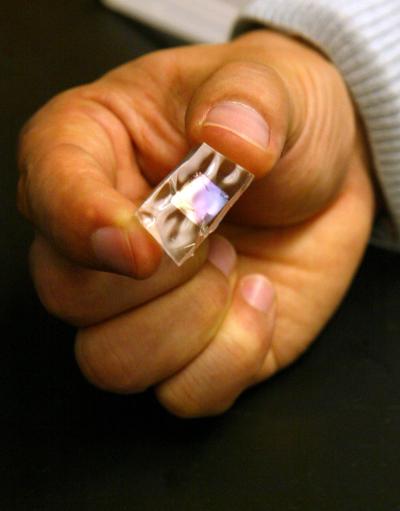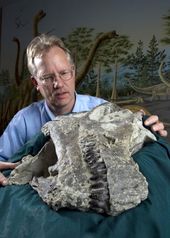
© Reuters/Fatih SaribasGreenpeace volunteers build a modern-day version of the legendary Noah's Ark on Mount Ararat in eastern Turkey in this 2007 file photo.
The boat that rocked may have also rolled round more than we ever thought possible.
An ancient tablet being studied by a leading language expert is painting a new picture of Noah's ark. And it's rethinking of history's most famous love-boat may have made a lot of practical sense.
Ancient Babylonian, carved into a clay tablet salvaged by a British serviceman serving in the Middle East in the late 1940s, spells out an entirely different version of the shape of the vessel that's pictured on the nursery walls of many babies.
Irving Finkel, an expert at the British Museum, tells QMI Agency the 3,700-year-old clay tablet describes the ark as circular, rather than the bow and stern version usually depicted.
"I was astonished," Finkel says of translating the lines of script, inscribed by the hands of a poet.
For the first time, he adds, someone was reconsidering the very shape of the boat that, according to the bible, saved Noah, his family and a whole lot of animals from drowning.
The poet likely drew on vessels he was familiar with. Since the ark wouldn't have had to sail to escape the rising floodwaters - instead, it simply needed to float - then it could have been designed like round coracles still used in Iraq and Iran.

